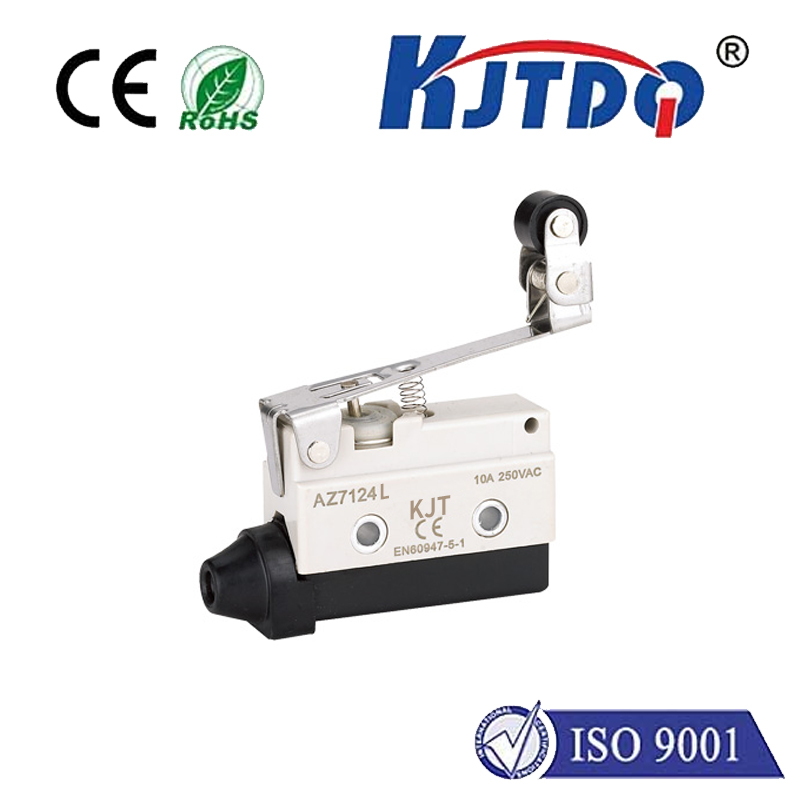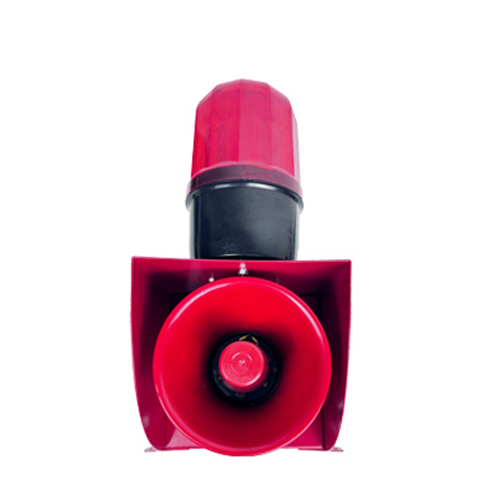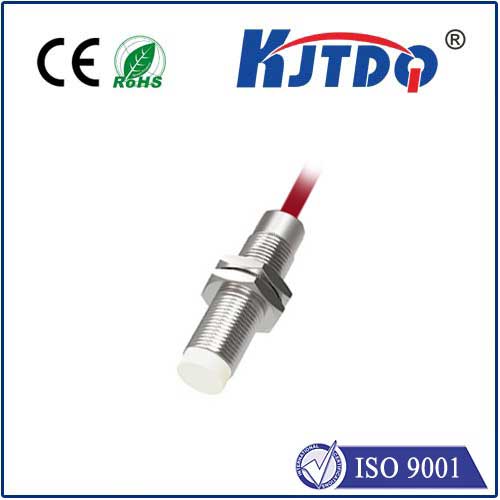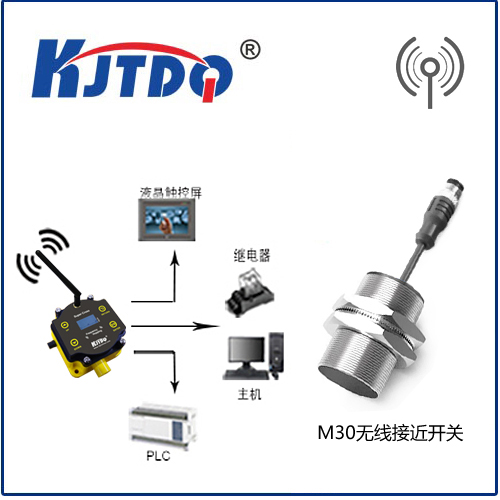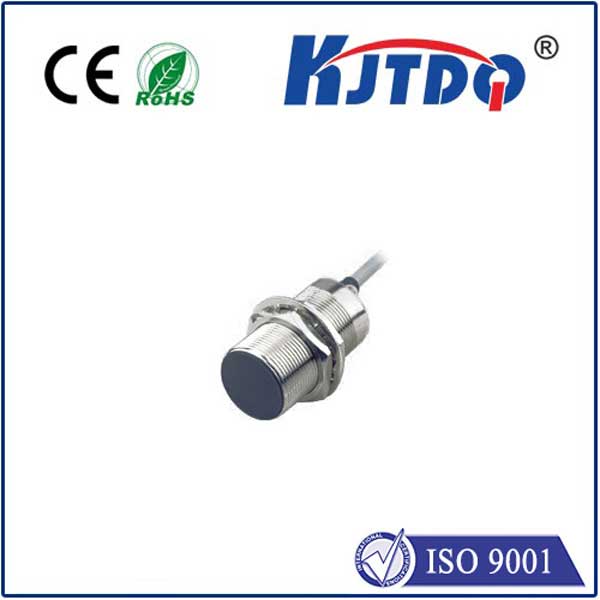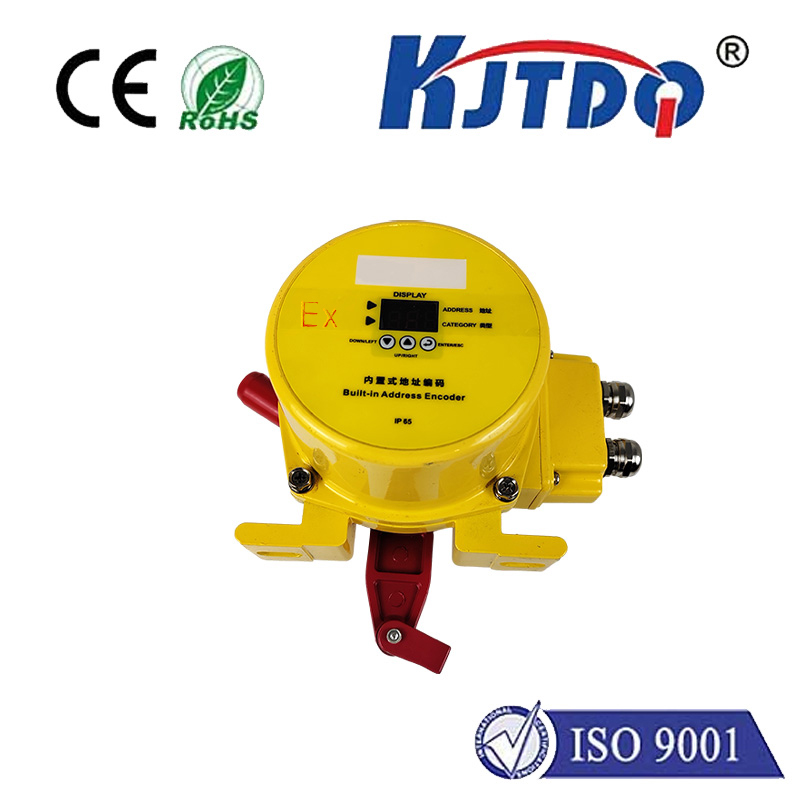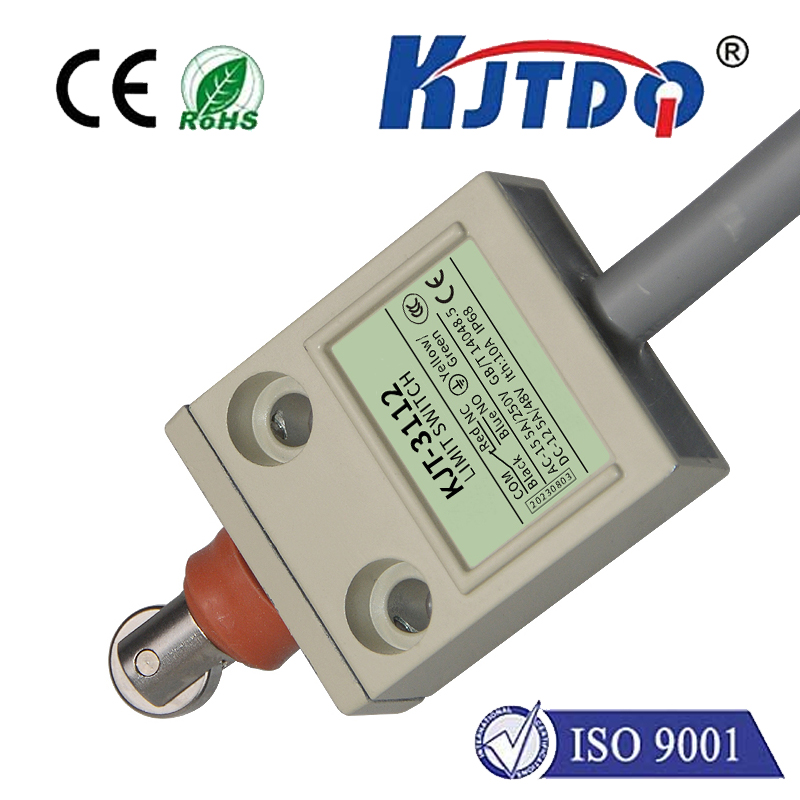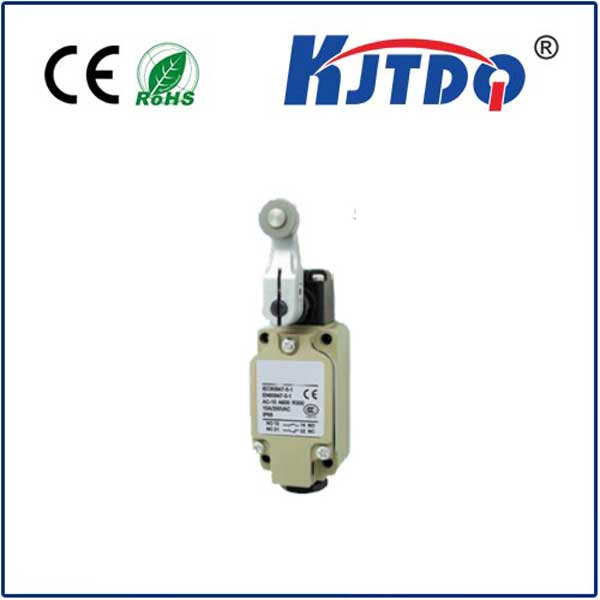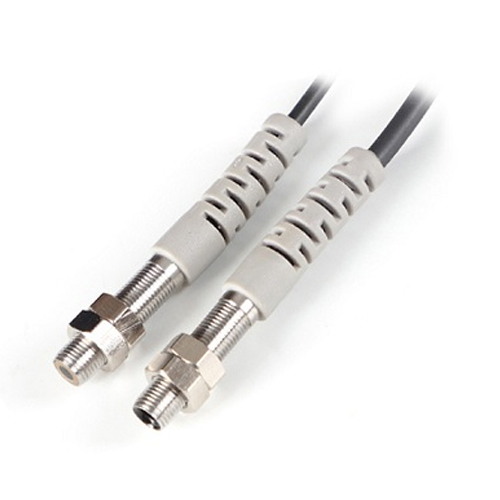

check

check

check

check

check

check

check

check

check

check
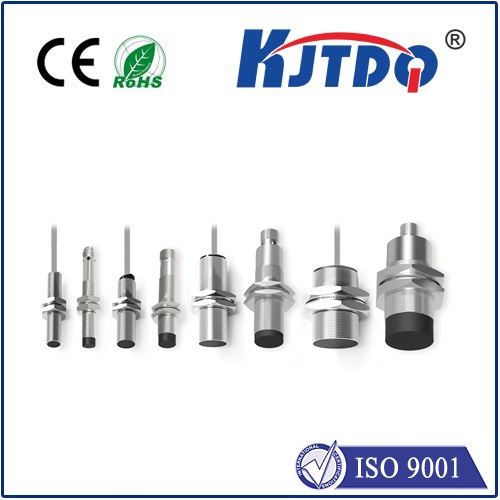
The lifespan of a proximity sensor depends on several factors, including normal usage, environmental conditions, and factors such as brand and quality. Generally speaking, a good proximity sensor can provide stable performance and longevity under normal use and maintenance. Here are some suggestions for extending the life of your proximity sensor:
1. Install and use the sensor correctly: Ensure the sensor is installed and connected correctly, and use and operate the device in accordance with the manufacturer's recommendations.
2. Appropriate environmental conditions: Avoid exposing the sensor to harsh environmental conditions such as excessively high or low temperature, humidity, corrosive gases or dust.
3. Regular maintenance and cleaning: Check and clean the sensor regularly to ensure the sensor surface is clean and use appropriate cleaning agents to remove accumulated dirt and sediment.
4. Avoid overload and vibration: Avoid overloading or severe vibration of the sensor, which may cause damage or premature damage to the sensor.
5. Products with reliable quality: Choose sensors with reliable quality and certified brands and trademarks. These companies usually provide longer service life and reliability guarantees.
It should be noted that different sensor types and brands will have different service lives. Therefore, it is best to carefully research and compare the performance and longevity of different products before purchasing to ensure you choose the best sensor for your needs.
